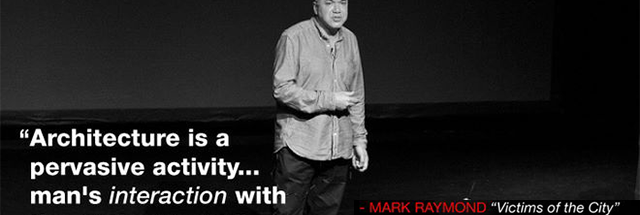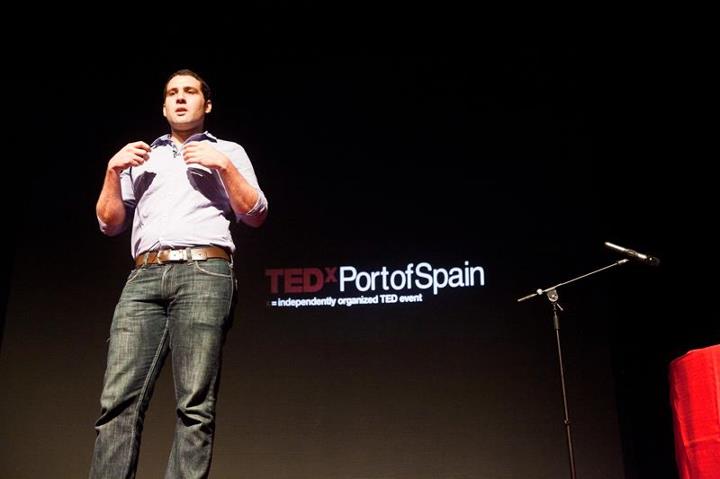Successful TEDx Talk Do’s and Don’ts
by TEDxPortofSpain Speaker Coach and TEDxPortofSpain curator: Keita Demming
The TED format is very different. It is not a speech or a lecture. Start by watching a few TED Talks. Do not try to get your speaker to mimic any of these talks. Get familiar with the TED style and format. Remind your speaker that it is a cardinal sin to go over their time. Your role as a coach is to help the speakers find their own style, voice, and unique way of delivering a TEDx Talk.
Regardless of the complexity we must be able to communicate our ideas clearly and concisely.
Carmine Gallo[1] outlines three steps to bringing clarity to an idea:
- Make your message or idea Twitter friendly. Ask the question what is the one idea I would like the audience to walk away with? Being able to explain your idea with 140 characters helps provide the listener with clarity, while giving the presenter the structure or frame to work from.
- Provide the listener with three or four reasons to care. Why does this key message, idea, product or service matter? Now that you have told be about this idea, so what?
- Having provided three reasons to care, give information that supports your reasons. Use stories, statics, or examples.
“Tell me the facts and I’ll learn. Tell me the truth and I’ll believe. But tell me a story and it will live in my heart forever.”—Indian Proverb
Storytelling is an art and throughout history stories have been passed through generations of humans who have never been able to write. Stories are as old as language. In giving a TEDx Talk we need to remember that the speaker is telling a story. It is a performance. The speaker must:
- Draw the audience in
- Take them to a stage that the speaker has designed and set
- Give a key message, tell an idea, give a call to action, and/or leave them thinking, wondering, pondering or asking questions.
Sounds daunting?
What the speaker is trying to do is give the audience a way to remember the message or idea. To accomplish this, the speaker needs appeal to all the senses if they are going to increase the chances of the message being remembered.
12 Steps to crafting a memorable TEDx Talk
- Pay particular attention to the first word of your talk[2]. How you begin is everything. The order is, the issue or idea, and then the speaker. Think about how you want the audience to be introduced to your message or idea? This talk is not about you. The talk is about the value for the audience, and the idea you are trying to get across. Appeal to the hearts and minds of the listener. Leave the ego at home, and focus on drawing the audience into the idea or story being told. You are not the hero of the story you are the orator.
- Provide context for your talk. Give the history. What were, or are the key events happening at the time? What were the preconditions that lead to the current setting? Who are the characters involved? Give the audience personal details about the character or place. Make it personal, but be short, clear and concise.
- Finding the essence. What is this talk really about? Return to, why would the audience care? What is the purpose of the talk? Is your talk meant to provoke? Is it meant to inspire? Do you want to inform the audience about something that few people know about or understand? Do you want to change minds, or give an alternative perspective?
- Make sure your story has a clear trajectory. Usually called a beginning, middle and an end. You need to know where you are heading, but the audience does not necessarily need to know. Show the audience the world as it is, then show them the world as it could be.
- Focus on the moment. Avoid rambling. Do not provide unnecessary details. Give the audience the moment that changed everything, the moment of discovery. Zone in on the turning point.
- Keep transitions short. In giving your talk you are going to need to transition from story, to data, to idea. Make the transitions short, do not tell me why you are telling me the story. Just tell the story. Focus on bringing it all together in the end.
- Do the work for the audience. If the audience is to remember your talk, make it easy for them. Use metaphors, statistics, or visuals. Make the story relatable and personal. Keep it clear and concise. Use every word of the talk as a building block to the closing of the curtain.
- Make what is important measurable. Turning the core of your talk into something that is actionable or measurable can greatly improve the credibility of the talk. The audience would appreciate being able to walk away with something concrete.
- Speak to and from the heart. A day at a TEDx conference is a very head heavy day. Speak to the hearts of the audience. Stay true to yourself and your message. The audience loves your humanity. A well-prepared talk should not come off as being overly polished. Keep the edges. Be authentic. Be you.
- Avoid jargon. The key to a good talk is being able use simple language that conveys your idea. One thing to be careful about is using clichés. A well-timed cliché can be a good thing, but often if can actually have a negative effect on the presentation. Use them sparingly, if at all.
- The audience decides what is worthy. Remember that your audience is global. Explain all colloquial phrases and terms. Do the work for the listener. Tell us what we can learn, what you learned and what we can do. Some people will love your ideas, and some won’t. That’s okay.
- Practice, practice, practice. Nothing beats practice. Do it. Rehearse it, with friends, family, pets, mirrors, or whomever is willing to listen. Rehearse your talk as many times as possible, cause practice is what gets you there on the day.
For every rule there is an exception. Hold these as a guide, not as rules. Some of these may work for the speaker you are coaching, others may actually work against them. Trust your intuition as a coach and be prepared to throw out the guide if it is not working[3].
Giving a successful TEDx Talk is not easy, and neither is coaching one. Have fun with the speaker. Work with them to find an arc that breathes life into their talk. Your job as a coach is to prompt these steps when and if needed. Hold the steps in your mind as you work with the speaker. Help the speaker find the frame of their talk.
Have fun coaching, and good luck. It will be a wonderful experience.
[1] Carmine Gallo: http://www.forbes.com/sites/carminegallo/2012/07/17/how-to-pitch-anything-in-15-seconds/
[2] Antonella Broglia: http://www.educaixa.com/-/como-presentar-tu-proyecto-en-publico
[3] The content of this post was pulled together with the help of TEDx organisers from around the world who shared documents with me. Some of the organizers include: Marcela Garcia TEDxCuauhtémoc, Ana Goelzer TEDxLacdour, Antonella Broglia TEDxMadrid, Sarge Salman TEDxBaltimore and many more.
Comments are closed.



